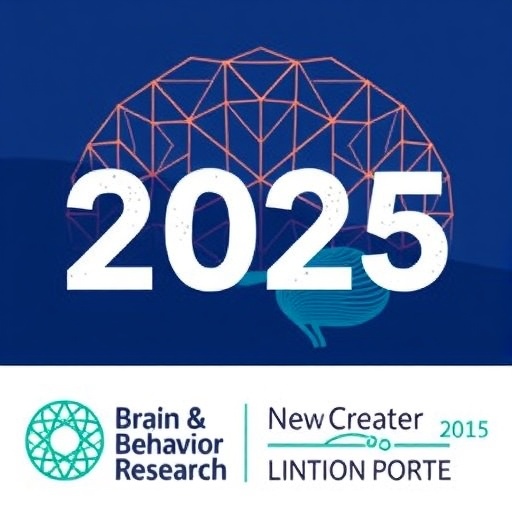Researchers at the University of North Carolina Lineberger Comprehensive Cancer Center have discovered a potential novel strategy for improving drugs that unleash the immune system against cancer — by binding two compounds to a nanoparticle.
"Our data shows that two compounds on a single nanoparticle will make immunotherapy treatments even more effective," said the study's senior author Andrew Wang, MD, a UNC Lineberger member and associate professor in the UNC School of Medicine Department of Radiation Oncology.
In preliminary findings that will be presented Sunday, April 2, at the American Association for Cancer Research Annual Meeting 2017, researchers report on a preclinical study into the use of nanoparticles to improve the efficacy of immunotherapy drugs known as checkpoint inhibitors. They are using the nanoparticles to pair immunotherapy treatments with a type of investigational compound known as a T-cell agonist.
T-cells, which are a type of immune cell, do not naturally attack cancer cells because they don't recognize cancer cells as invaders. T-cells have "checkpoints" that act like a traffic red light to ensure they don't attack things inside the body that should be left alone. A checkpoint inhibitor removes the red light so T-cells can attack cancer cells, but this might not be enough to help the immune system win the battle against cancer. To improve the T-cell response to cancer, researchers are drawing upon a potential treatment under investigation called a T-cell agonist, which is designed to increase T-cell activation, and enable immune cells to kill cancer cells more effectively.
"Some agents help T-cells with proliferation and survival, while others overcome the T-cells' self-regulation and inhibition," said the study's first author Yu Mi, PhD, a postdoctoral research associate in the UNC School of Medicine Department of Radiation Oncology. "Nanoparticles provide us with a tool to co-deliver different agents to T-cells so they will be activated by both of the agents at the same time."
Wang's group used a nanoparticle to combine a "red light" checkpoint inhibitor with a "green light" T-cell agonist that energizes the T-cells. This green light is an investigational OX40 agonist.
"The inhibitor takes away the red lights, but for T-cells to go, you also need green lights," Wang said.
To deliver them both at the same time, Wang's group attached them to a nanoparticle.
With the combined investigational nanoparticle treatment, the researchers reported improved stimulation of T-cells and better survival rates in preclinical models.
"We found that the therapeutic effect of nanoparticles is far better than the mixture of free agents," Mi said.
###
In addition to Mi and Wang, other authors include Christof Smith, Feifei Yang, Johnathan Serody, and Benjamin Vincent.
The study was supported by the National Cancer Institute.
Media Contact
Laura Oleniacz
[email protected]
919-812-0621
http://cancer.med.unc.edu/
############
Story Source: Materials provided by Scienmag




